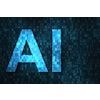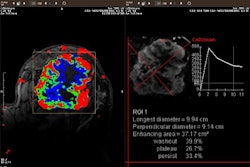The use of computer-aided detection(CAD) technology has become mainstream in breast imaging, where clinical studies show it can help radiologists detect 20% more cancers. But CAD isn’t just for mammography anymore -- it is making inroads into areas like CT and MRI, and is even showing promise for detecting pathology beyond its traditional stronghold in oncology.
Dear AuntMinnie Member,
The use of computer-aided detection(CAD) technology has become mainstream in breast imaging, where clinical studies show it can help radiologists detect 20% more cancers. But CAD isn’t just for mammography anymore -- it is making inroads into areas like CT and MRI, and is even showing promise for detecting pathology beyond its traditional stronghold in oncology.
CAD is the focus of our latest Technology Review article, appearing in the Advanced Visualization section of the PACS Digital Community. The story, by contributing editor Kate Madden Yee, explores the state of the art in CAD, as well as where the technology is going in the future.
CAD is established enough in breast imaging to be eligible for Medicare and Medicaid reimbursement. There are still some throughput issues to be addressed when CAD is used at screening sites that employ analog equipment, but these problems disappear when newer full-field digital mammography (FFDM) systems are used.
Outside mammography, CAD is being eyed as a potential solution to the slice overload that is descending on users of multislice CT and MRI scanners. The systems could enable radiologists to more effectively review images in screening environments such as lung imaging and virtual colonoscopy, further expanding the breadth of imaging applications.
For more about CAD, and other cutting-edge imaging technologies like 3-D, check out our Advanced Visualization section, at www.auntminnie.com/default.asp?sec=sup&sub=adv.


















